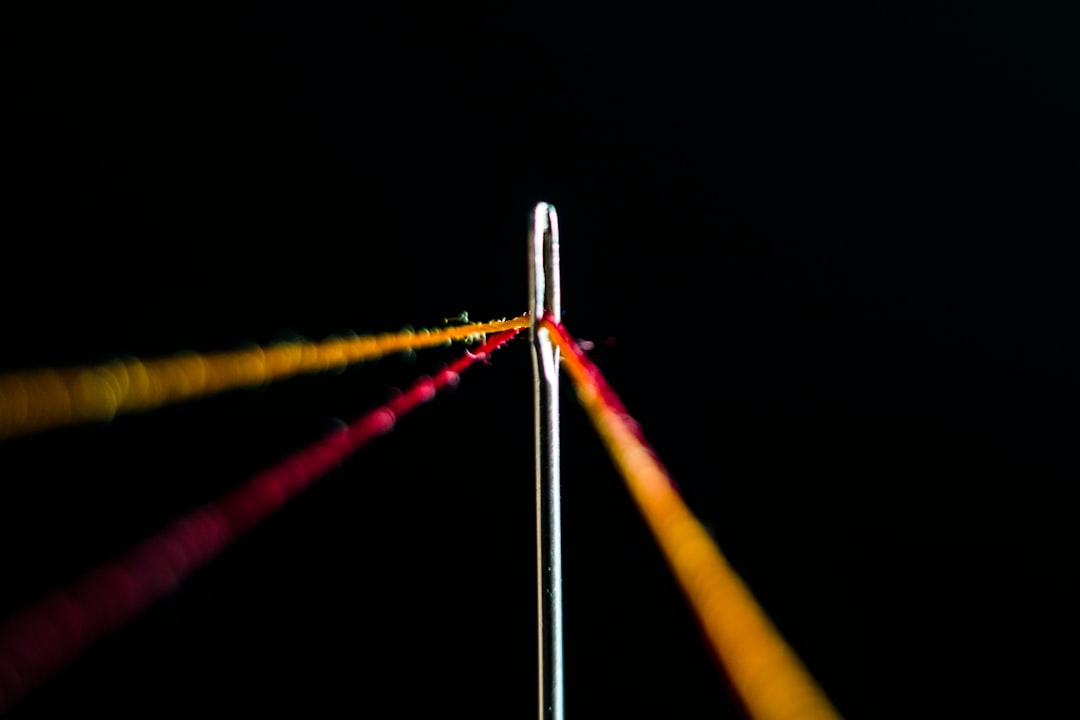Dear Rethinkers,
Hello to you all - and a warm welcome to our new subscribers.
If you find value in these Rethink newsletters, then please consider becoming one of our paying subscribers. A paid subscription gives you access to my series of Rethink Specials (the first here) on BIG trust challenges, as well as enabling you to join the conversation on every article…and more!
This week’s newsletter was sparked by a discovery of a little note I had made that inspired one of my books on trust over 20 years later! Yes, we’re rethinking inspiration – what is, where it really comes from, and how to capture it.
More on the topic of inspiration below, after a Rethink Recap:
Thank you to
for highlighting the book recommendations and reviews here on Rethink. I really to love to share what I’ve been reading. Here are some reading lists to get you started: On being wrong, on doing less, on difficult conversations.The comment of the week comes from
who had this lovely thought to share in response to the newsletter on loyalty: “A client who takes the time to complain is far more loyal than the client who just walks away without a word. Listen and take action because they are giving you a gift.”A Note on the idea of finishing - are you aligned on what it really means?
Recently, I visited my parents and stayed in my old teenage bedroom. There is a lovely comforting feeling to be surrounded by mementos – drawings, photos, trinkets - that were important to you growing up. On my shelf, I noticed a book called Entropy and Art: An Essay on Disorder and Order. I couldn’t sleep and thought this ‘light’ reading might help nod me off.
When I opened the cover, true to how I read, notes were scribbled all over the margins. I also date when I read books. This one was marked 1994 – I must have been 19 years old and studying Fine Art at Oxford, which makes sense given the topic. (RS were the initials of my maiden name.)
What blew me away were the ideas in the notes. All of them were seeds for concepts that later would become core to my work on trust.
Here you can see I’ve underlined a section about the First Law of Thermodynamics. It essentially states that energy can’t be created or destroyed; it is forever changing form.
Fast forward 24 years and here is what I wrote in my book Who Can You Trust?
“I had a hunch something deeper was happening. What if trust, like energy, cannot be destroyed and instead just changes form?”
A very ‘SLOW hunch’
My first thought was, “THAT’S INSANE” followed by, “wow, that was one very, very slow hunch.”
who coined the phrase ‘slow hunch’, writes in his beautiful book Where Good Ideas Come From:“The most important ideas that trigger change are often very slow in their development—what I call the ‘slow hunch’ … If you go back and look at all sorts of innovations throughout history, the lightbulb moment almost never really exists. It’s almost always this long process where somebody has a fragment of an idea and it sits in their head for a year, or two years, or ten years before it turns into something really useful.”
There is something quite reassuring that inspiration does not arrive like a single, definable flash out of thin air. Inspiration is not a eureka moment, but threads that gradually weave together into view, slowly. Sometimes, over decades.
Where inspiration comes from
It turns out that the word “inspiration” comes from the Latin word inspiratus¸ which essentially means “inflame” or “breathe into” I love that. Inspiration is breathing energy, motivation, and persistence into a thought or even a feeling to turn it into something meaningful.
Inspiration is the beginning and the end of the creative process. It is often represented as a light bulb – something that happens in a moment or a flash. But creative work is more of a twisted rope; strands upon strands of threads you collect over time eventually coalescing into new ideas. Some of these are random, others are ridiculous and just a few might be interesting.

The threads are memories of every artwork or film you’ve seen. Every conversation or song you’ve listened to where a chord went inside. Or a line in a book that moved or inspired you. And every cultural and personal experience that stuck with you, all combining to form a striking unique pattern.
The process of threading can be focused but it can’t be forced. It can be welcomed but it can’t be rushed. How those threads weave together over time is often what we call inspiration.
However, as Steven Johnson writes: “The secret to slow hunches is keeping them alive.”
Keeping ideas alive. I love that. It got me thinking about how important it is to have methods for capturing ideas before we forget them.
What’s your method for capturing little sparks of ideas that pop into your head?
Tools for idea filing
To read more about my methods and tools for capturing ideas, please upgrade to become a paid subscriber. If you’re thinking of writing a book or working on a big project, I promise these tools can transform your work.
I’m going to confess that I used to be extremely disciplined about my idea filing system and this newsletter has gratefully reminded me of its importance 😊 Some questions and tools that can help you set your own idea filing system:
Keep reading with a 7-day free trial
Subscribe to Rethink with Rachel to keep reading this post and get 7 days of free access to the full post archives.







